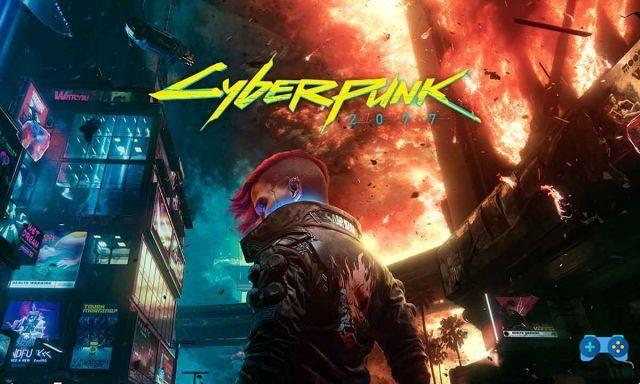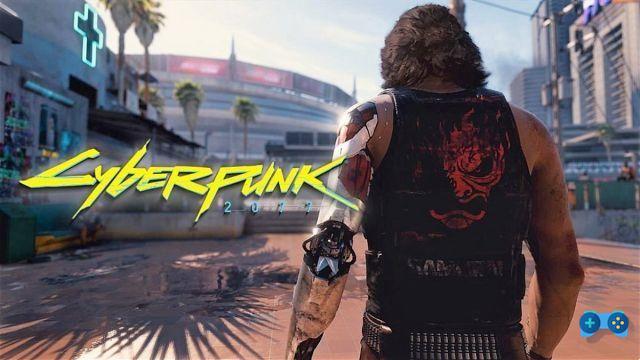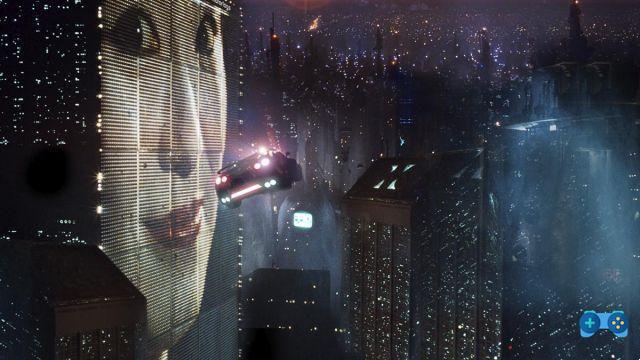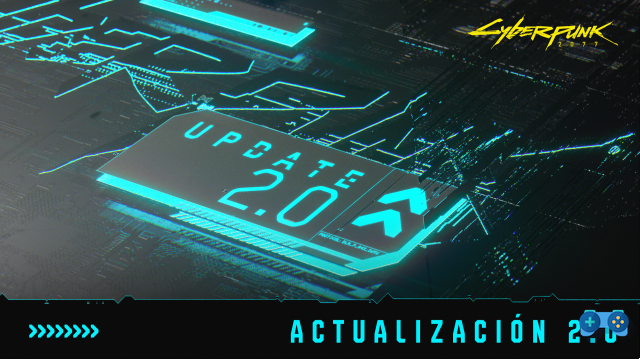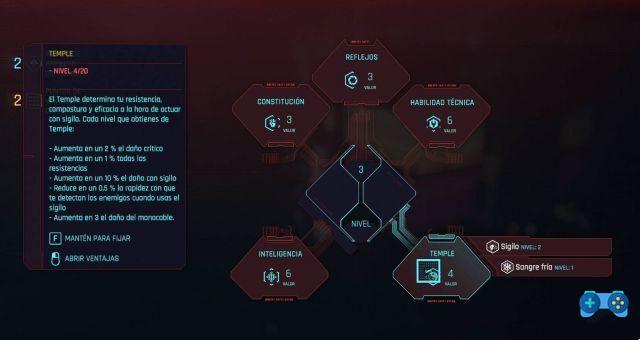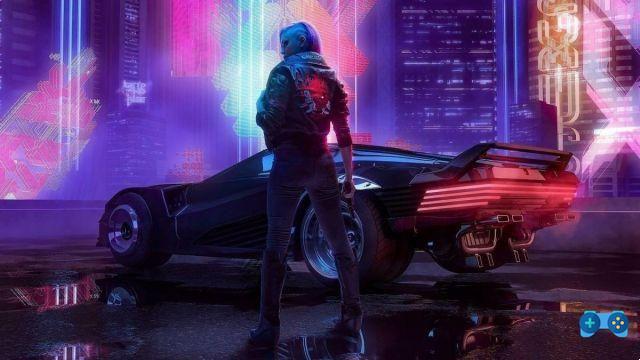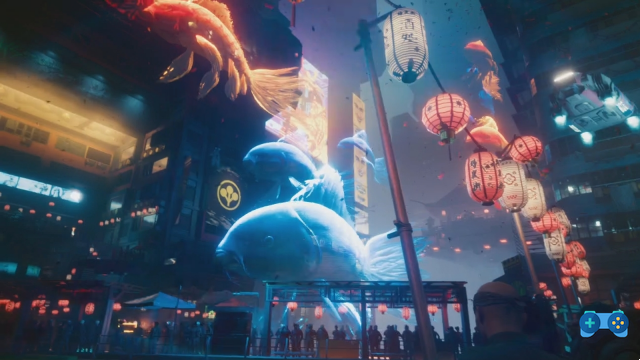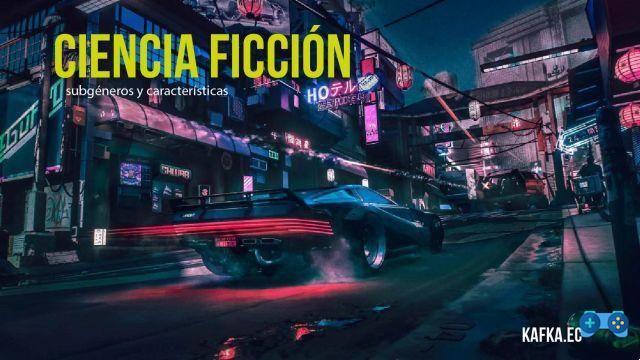
In the world of science fiction, there are various genres that have captured the imagination of readers, gamers, and pop culture lovers. Among them, Cyberpunk, Steampunk and Biopunk stand out, each with its own unique characteristics and settings. In this article, we will explore the differences between these genres, meet the creators of cyberpunk, and discuss whether we live in a cyberpunk world today. In addition, we will also discover some books, comics and games related to these fascinating genres.
1. Cyberpunk: A dystopian and technological future
Cyberpunk is a science fiction genre that is characterized by presenting a dystopian and technological future, where technology has advanced exponentially and has permeated all aspects of society. This genre focuses on topics such as artificial intelligence, virtual reality, cybercrime, and social inequality.
The term cyberpunk was coined by writer Bruce Bethke in his story Cyberpunk in 1980. However, it was author William Gibson who popularized the genre with his novel Neuromancer in 1984. Gibson is considered one of the fathers of cyberpunk and his work has influenced to numerous writers, filmmakers and artists.
As for the question of whether we live in a cyberpunk world today, the answer is complex. Although we are not immersed in a completely dystopian scenario like the one presented in cyberpunk works, we can identify certain elements of this genre in our current society. The omnipresence of technology, dependence on social networks and growing inequality are some of the aspects that reflect certain cyberpunk traits.
2. Steampunk: An alternative and retrofuturistic past
Unlike Cyberpunk, Steampunk transports us to an alternative and retrofuturistic past, where steam technology and mechanical advances are the basis of society. This genre combines elements of the Victorian era with the imagination and aesthetics of science fiction.
The term steampunk was coined by writer KW Jeter in 1987, in reference to the novels by Tim Powers, James Blaylock and himself. Although steampunk has its roots in literature, it has transcended into other media such as film, video games, and fashion.
Steampunk is characterized by its retro-futuristic aesthetic, with steam engines, airships, pocket watches and Victorian clothing. In addition, it usually addresses themes such as scientific exploration, adventure and the fight against established power.
3. Biopunk: The fusion between biology and technology
Biopunk is a science fiction genre that focuses on the fusion between biology and technology. In these types of stories, scientific advances and genetic manipulation are the protagonists, exploring the ethical and moral limits of biotechnology.
Although the term biopunk is not as well known as cyberpunk or steampunk, it has gained popularity in recent years. This genre is characterized by presenting worlds where genetic engineering, modified organisms and biological improvements are commonplace.
Biopunk raises questions about the ethics of genetic manipulation, the limits of science, and the impact of technology on human life. Some notable works in this genre include the novel Oryx and Crake by Margaret Atwood and the video game BioShock.
4. Books, comics and games related to these genres
If you are interested in diving into the worlds of science fiction, there are numerous books, comics, and games related to the Cyberpunk, Steampunk, and Biopunk genres. Here we present some recommendations:
Books:
- Neuromancer by William Gibson
- The Difference Engine by William Gibson and Bruce Sterling
- The End of Eternity by Isaac Asimov
- Oryx and Crake by Margaret Atwood
Comics:
- Transmetropolitan by Warren Ellis and Darick Robertson
- The League of Extraordinary Gentlemen de Alan Moore y Kevin O'Neill
- BPRD by Mike Mignola and John Arcudi
- Lazarus by Greg Rucka and Michael Lark
Games:
- Deus Ex (saga)
- Bioshock (saga)
- Dishonored (saga)
- Shadowrun Returns (saga)
Frequently Asked Questions (FAQs)
1. What is the difference between cyberpunk and steampunk?
Although both cyberpunk and steampunk are science fiction genres, they differ in their setting and themes. While cyberpunk takes place in a dystopian and technological future, steampunk transports us to an alternative and retrofuturistic past based on steam technology and mechanical advances.
2. Are there works that combine the genres of cyberpunk, steampunk and biopunk?
Yes, there are works that combine elements of all three genres. These works often explore a fusion of technologies and settings, creating unique and fascinating worlds. Some examples of works that combine these genres are the Deus Ex video game series and the graphic novel The Difference Engine by William Gibson and Bruce Sterling.
Conclusion
In short, science fiction genres such as Cyberpunk, Steampunk and Biopunk offer different perspectives and settings to explore. While Cyberpunk immerses us in a dystopian and technological future, Steampunk transports us to an alternative and retrofuturistic past, and Biopunk merges biology and technology. These genres invite us to reflect on the impact of technology on our lives and to imagine possible futures. If you are passionate about science fiction, we recommend you explore the aforementioned works and immerse yourself in these fascinating universes.
Until next time,
The SoulTricks.com Team




